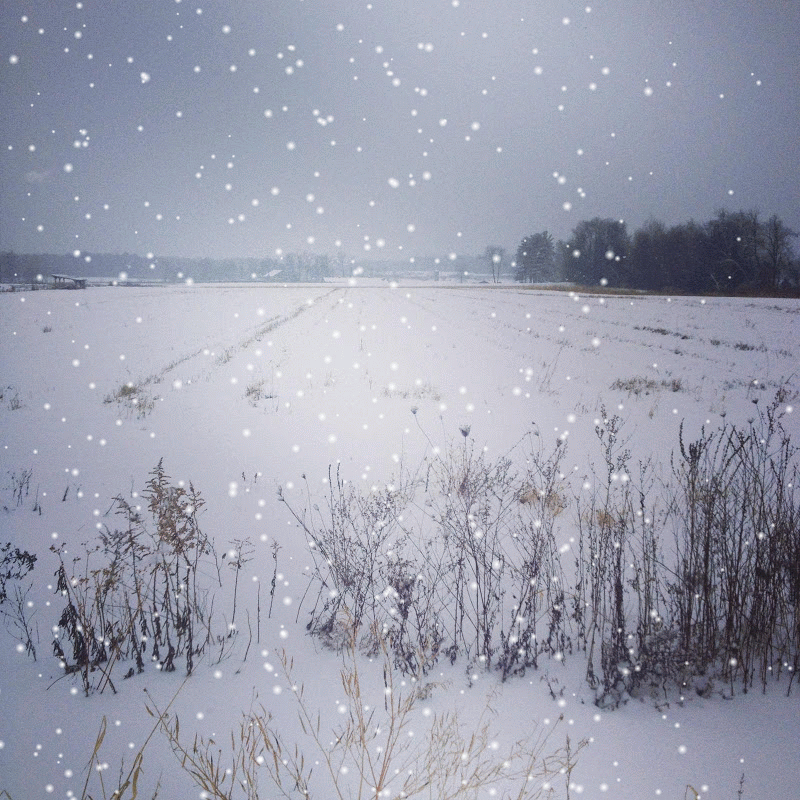starting plants indoors
There are many seeds that you can start indoors and then transplant outside when the air and soil temperatures are warmer and there is no longer the threat of frost.
Start by gathering some seed catalogs or look online to get some ideas for your area. Germination rates, seedling growth, transplant dates and time to maturity or flower vary by the plant. Check the descriptions in the catalogs or on the seed packets to see how soon you’ll need to start the seeds indoors before they are of sufficient size to plant outdoors in warmer weather.
You’ll need the proper growing materials as well. Seedlings are very delicate; you should purchase sterile planting medium, such as a seed starter mix or compressed pellets that expand when watered. If using last year’s containers, they should be sterilized. You can purchase seed starter kits in the store, which make it easy to get started with as they generally come with everything you need such as containers, a shallow tray to set the containers on and a see-through lid to hold in the humidity. Warmth is necessary for germination and growth. Germination is when the embryo emerges from the seed. Soil temperature for germination generally ranges from 50°-72° depending on the crop. You can purchase special heating mats specifically for germinating seeds, but sometimes the heat from a sunny window or nearby heat source is enough, as long as the seeds have enough moisture. Some seeds need to be covered with perlite or vermiculite to germinate; others need light and should not be covered. Once the seedlings have sprouted and are about half an inch tall, they should tolerate room temperatures of about 60°-75°.
Water is important during both the germination and growth stages. Sow the seeds in adequately moistened mix and keep the see through cover on to keep humidity in. Once the seedlings emerge, carefully remove the covering and provide adequate water from the bottom, being careful not to overwater the seedlings. Too much moisture will cause them to “damp off” (a fungal disease) or may possibly dislodge them from the planting mix. Be sure air circulates freely around the plants to keep disease at bay.
Seedlings need adequate light or they will be become spindly and weak. If you don’t have enough light from your windows, purchase grow lights to ensure vigorous growth. It’s important to use special grow lamps and not regular incandescent light bulbs, which may be too hot and not give the seedlings the proper lumens and wavelengths necessary for growth. Depending on the light source used, you may choose to set up the lighting so that it can be raised as the plants grow, keeping the lighting about 3 or 4 inches from the plants depending on the light used.
There are many different factors affecting successful germination and growth of starter plants. By following guidelines, you should be well on your way to growing your favorite plants from start to finish.




Comments
Post a Comment
Thank you for your comment! We appreciate them all and will publish your comment shortly. Thanks for visiting!